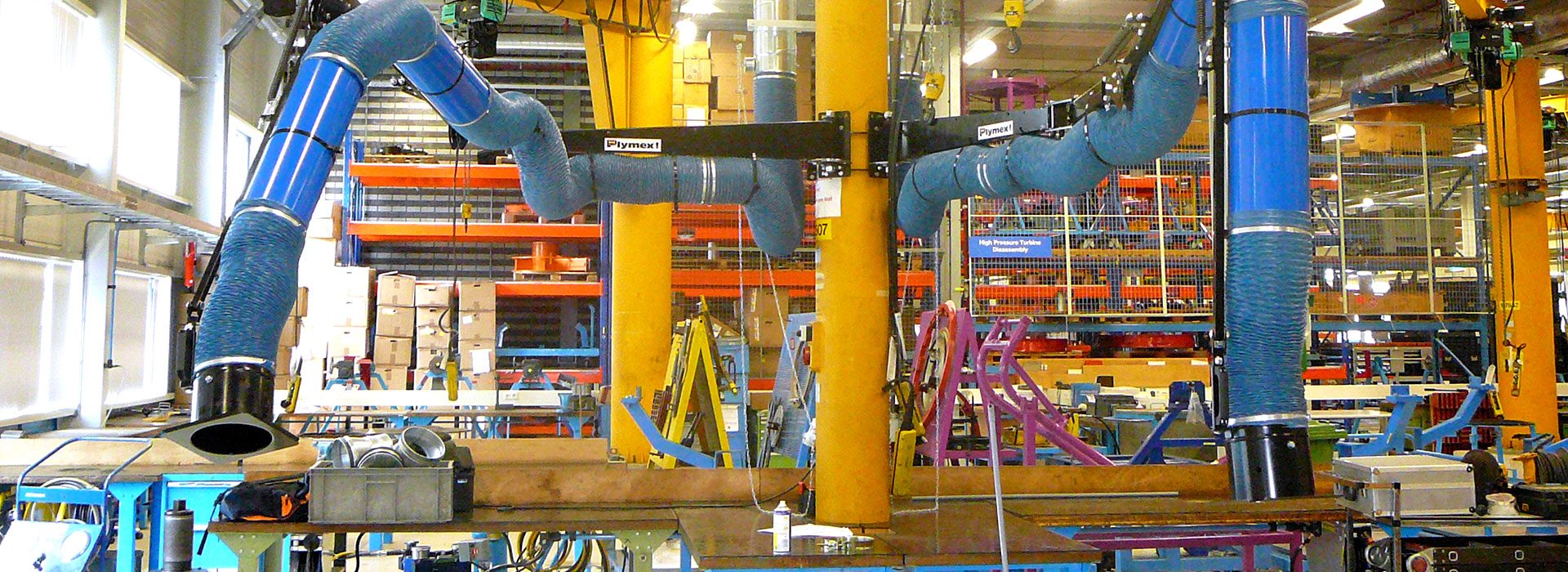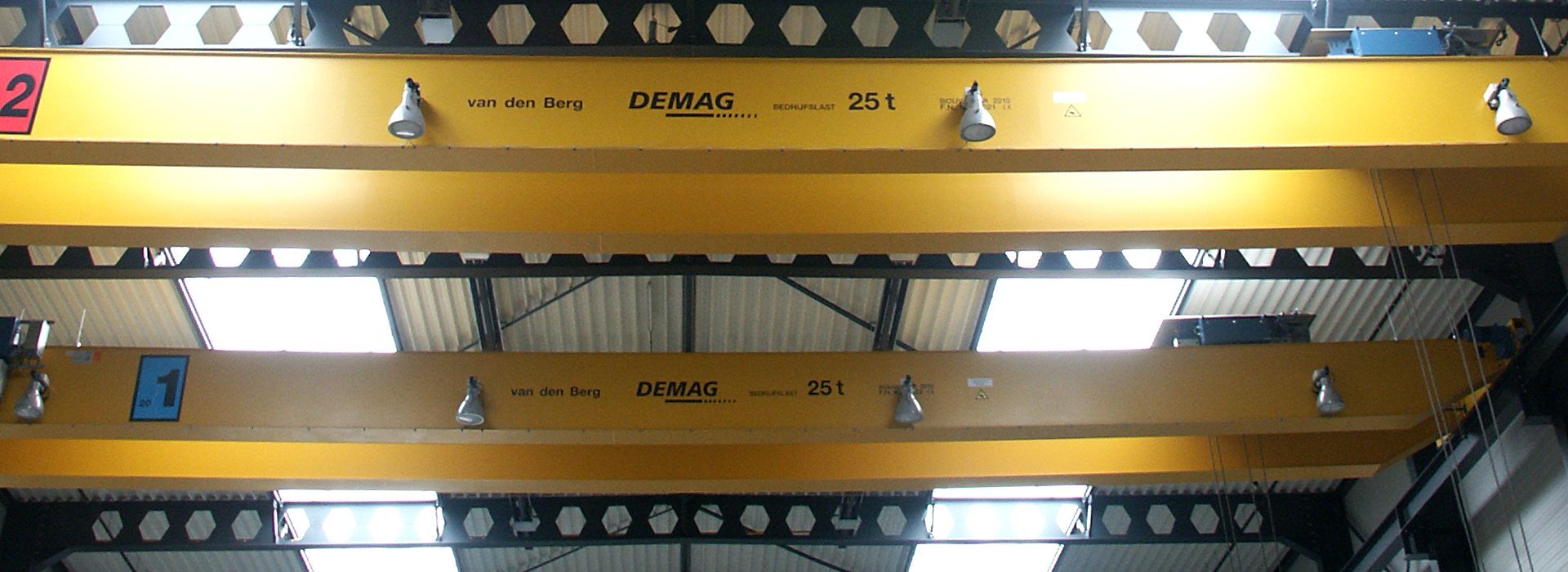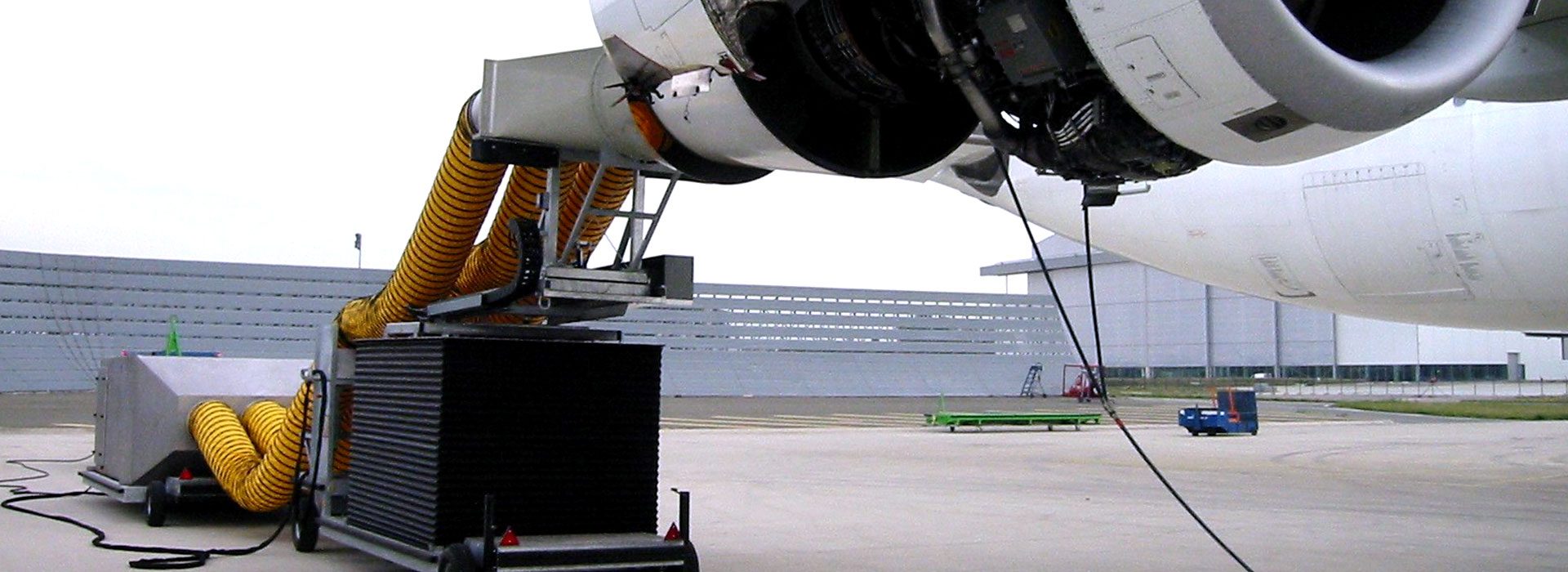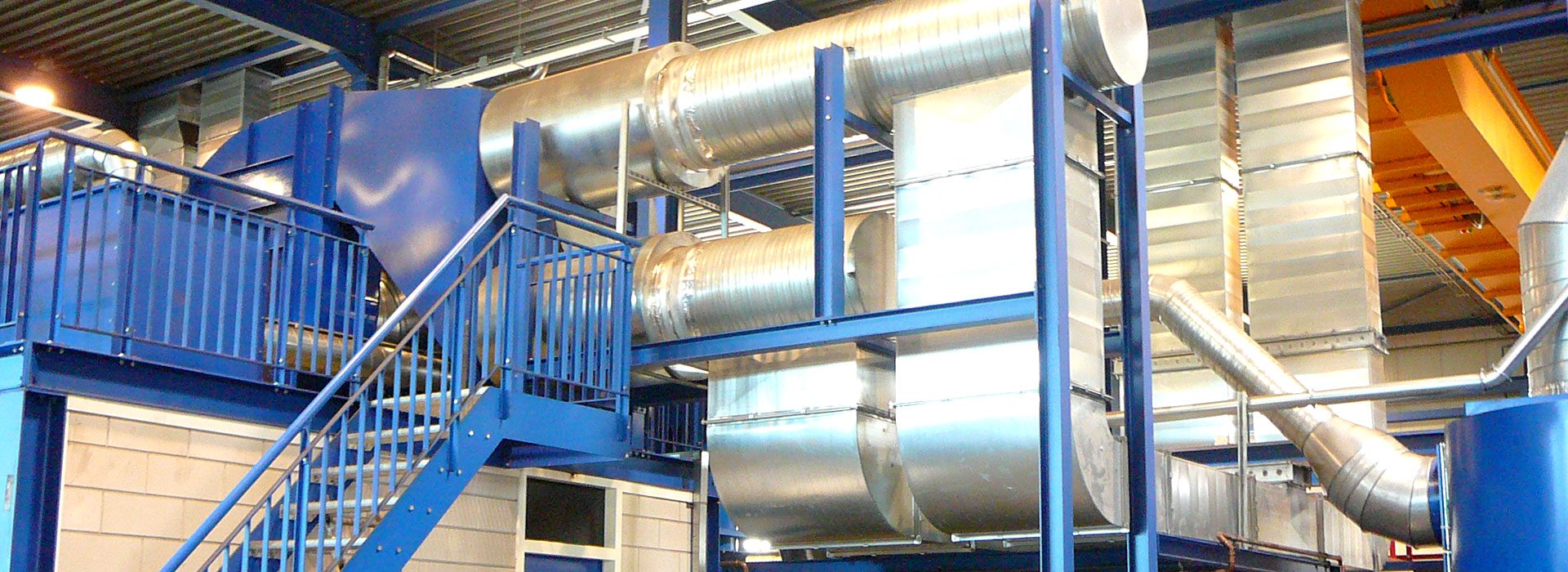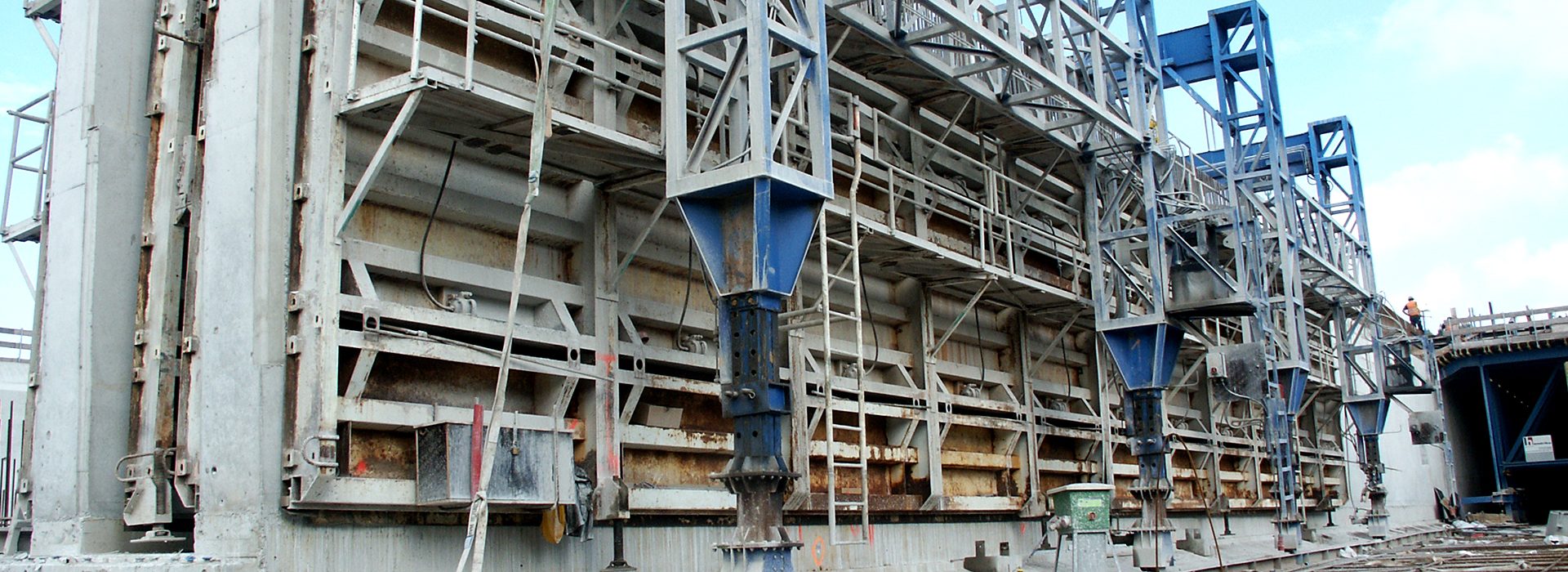Go outside and take a long, deep breath. Do your lungs feel suitably refreshed? If you’re in any one of a growing number of cities, the answer to that question may well be ‘no’. According to the World Health Organization (WHO), a staggering 98% of large cities (those with more than 100,000 inhabitants) in low- and middle-income countries do not meet minimum air quality guidelines. The situation is better in high-income countries, but still, less than half of cities are up to standard. The health implications of this have been widely reported, but what are the pollutants we most have to worry about? Be warned, this won’t be the cheeriest of articles!
Let’s start with sulfur dioxide (SO2). It is generally produced in the burning of sulfur-containing fossil fuels, which most often happens in vehicle engines, power plants and domestic heating. It has a distinctive odor – often described as being that of a just-struck match – and it combines very happily with water to produce sulfuric acid. In the atmosphere, this makes it the main cause of acid rain, which causes damage to buildings, alters our lakes and rivers, and strips soil of its essential nutrients. SO2 also irritates the lungs and throats of anyone who breathes in even low levels of it, and it particularly affects those with existing respiratory conditions, such as asthma or bronchitis. The WHO say that there should be no more than 20 micrograms (µg) of SO2 in every cubic meter (m3) of air in a 24 hour period. When I checked levels in Zhudong, China, SO2levels were at 26 µg/m3, and that certainly wasn’t the only city that exceed safe limits.
Related to this is nitrogen dioxide (NO2), which is also mostly produced by fossil-fuel-burning. Diesel engines in cars, trucks and ships are the major source for this particular pollutant, and like SO2, it reacts with water vapor in the air to produce an acid. NO2 affects the airways of anyone who inhales it, inflaming the lining of the lungs, and reducing lung function in young children. In 2015, Kings College London reported that 5,900 deaths in the city were directly attributable to NO2, and on one day in the same year, London’s Oxford Street was found to have the highest NO2 levels in Europe.Ozone (O3) is up next – but no, not the layer in the atmosphere. Ground-level ozone is the primary constituent of smog, and yet it’s not produced by specific sources. Rather, it’s released into the air when UV light from the sun breaks down nitrogen oxides and so-called volatile organic compounds, both of which are very common in today’s industrialized world. Again, O3 affects the respiratory system, but repeated exposure to it has been shown to cause permanent structural damage to the lungs. And, it can have a hugeimpact on crop growth too. In Mexico City, radio stations now make daily announcements of ozone levels, and so far in 2016, only 26 days have been considered ‘clean’.
But all that is just small fry. It’s particulate matter (PM) that affects more city dwellers than any other pollutant. It’s a catch-all term that isn’t really defined by chemistry – PM could be made up of everything from black carbon (soot) to mineral dust – it’s grouped by its size. Any particle with a diameter of 10 microns or less is referred to as PM10, and particles of less than 2.5 microns are PM2.5. Regardless of what compound it is, particles this small can readily penetrate and lodge deep inside the lungs. According to the WHO, “Reducing annual average particulate matter (PM10) concentrations from levels of 70 µg/m3, common in many developing cities, to 20 µg/m3, could reduce air pollution-related deaths by around 15%.” Even in the EU, whose countries generally comply with WHO’s guidelines, PM produced by human sources is estimated to reduce average life expectancy by 8.6 months.
It’s the combination of some or all of these pollutants that is generally what’s meant by “air pollution”, and it produces a cocktail that can have even wider implications for human health. A groundbreaking paper published in the June issue of the Lancet Neurology showed that air pollution even has a role to play in stroke. They found that almost 30% of the world’s stroke burden (a measure of the number of years lost due to ill-health) is attributable to air pollution, especially in low- and middle-income countries.
So, what can we do about it? Well, arguably, the first step is to make sure we’re monitoring it properly. Because, to paraphrase Lord Kelvin, you can only start to understand something when you can measure it. How well air quality is monitored depends very much on where you are – most cities in developed countries use numerous stations to continuously measure the concentration of some or all of the most common pollutants. And if you are a data nerd like me, you can look at this data for regions across the globe. But most of these systems are stationary, and they are few-and-far between, so it’s hard to build up a comprehensive picture of a city’s air quality. Arecent paper in the journal Atmospheric Environment developed a mobile approach to look specifically at traffic-related air pollutants. Personal monitoring devices are getting cheaper and more popular too, although the quality of the data can’t quite be trusted as yet.
But measuring air pollution is only step one. Thankfully, in many cities, major efforts are underway to clean up the local atmosphere. Paris recently banned vehicles made before 1997 from the streets between 8am and 8pm. London’s new mayor Sadiq Khan has announced a new ultra-low emission zone to tighten restrictions on polluting vehicles. Beijing is looking at drastic measures, focused on restricting emissions from power plants and vehicles, and a new study from researchers in Taiwan suggests a full move to electric vehicles. Buildings can be designed to be more energy-efficient or even pollution-guzzling, and power generation can move away from fossil fuels, and towards more renewable sources. On a smaller scale too, there’s lots to be done – open fires or traditional stoves produce high levels of PM2.5 and PM10, which led to 4.3 million premature deaths in 2012 (WHO). An EU-funded project called PURGErecently found that eliminating such emissions from households in the three provinces surrounding Beijing would nearly double the reduction in particulate levels in the city itself. With urban growth at its most rapid in developing nations, the race is on to find sustainable ways to improve air quality. And it’s a race that we simply must win.
Source:
http://www.forbes.com/sites/lauriewinkless/2016/07/11/air-quality-in-cities-what-youre-actually-breathing-in/#4b79c7a83f72
Featured
Air Quality In Cities: What You’re Actually Breathing In? Demand For Proper Monitoring And Clean Up Of The Local Atmosphere
Contact information
Thorbeckestraat 75a
NL-5301 NE Zaltbommel
T: +31 (0)418 68 08 44
F: +31 (0)418 68 08 13
E: centraal@uctechnologies.nl














